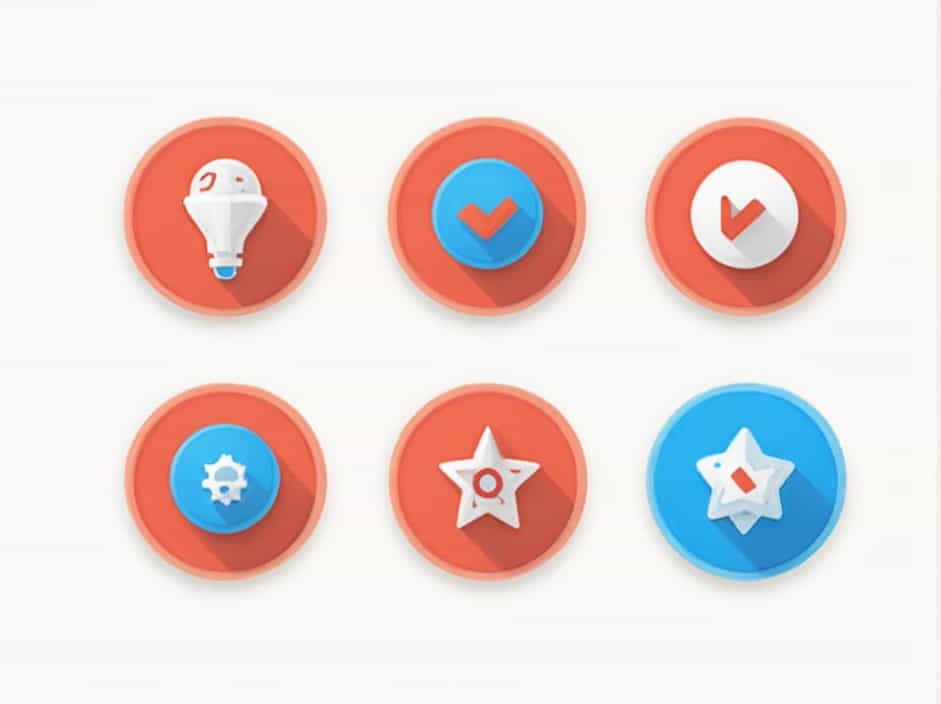Color is an essential part of our everyday lives. From nature to art, colors play a crucial role in how we perceive the world. Among the most well-known color combinations is the mixing of red and blue. But what happens when these two colors combine?
In this topic, we will explore what color red and blue create, how color mixing works, and real-life applications of this combination.
1. What Color Do Red and Blue Make?
When red and blue mix together, they form purple. The exact shade of purple depends on the proportions of red and blue used in the mix.
- More red than blue → Creates a warmer, reddish-purple (magenta-like).
- Equal parts red and blue → Forms a pure purple or violet.
- More blue than red → Results in a cooler, bluish-purple.
This concept is fundamental in art, design, and science, where understanding color theory helps in achieving the desired visual effects.
2. Understanding Color Mixing: Additive vs. Subtractive
Additive Color Mixing (Light Mixing)
In additive color mixing, different colors of light combine to form new colors.
- Red and blue light mix to create magenta instead of purple.
- This principle is used in TV screens, stage lighting, and digital displays.
Subtractive Color Mixing (Pigment Mixing)
In subtractive color mixing, colors mix by absorbing and reflecting light. This happens when using paints, dyes, or inks.
- Red and blue paint mix to form purple.
- This method is common in painting, printing, and textile dyeing.
3. Shades of Purple: Variations of Red and Blue Mixing
The outcome of mixing red and blue depends on the specific shades of each color.
- Crimson + Navy Blue → Dark purple
- Scarlet + Cobalt Blue → Bright violet
- Cherry Red + Sky Blue → Soft lavender
Each variation offers a different visual effect, making color mixing an essential skill in art and design.
4. Real-Life Applications of Red and Blue Mixing
1. Art and Painting
Artists use red and blue pigments to create different shades of purple, adjusting the mix to achieve specific tones.
2. Fashion and Textile Industry
Designers blend red and blue dyes to create purple fabrics, which are used in clothing, upholstery, and accessories.
3. Graphic Design and Digital Media
Graphic designers utilize RGB (Red, Green, Blue) color models where red and blue lights combine to form magenta, which is used in branding and visual content.
4. Printing and Ink Production
Printers use cyan, magenta, yellow, and black (CMYK) color models, where red and blue play a role in forming purple hues.
5. Chemistry and Light Experiments
In scientific studies, red and blue laser beams are used to demonstrate light wave interactions and color blending.
5. Symbolism of Red, Blue, and Purple
Meaning of Red
- Represents passion, energy, and intensity.
- Commonly used in advertising, sports, and warning signs.
Meaning of Blue
- Symbolizes calmness, trust, and stability.
- Frequently seen in corporate branding, medical fields, and technology.
Meaning of Purple (Red + Blue)
- Represents creativity, royalty, and spirituality.
- Often associated with luxury brands, religious traditions, and artistic expressions.
The combination of red and blue into purple blends warmth and energy with calmness and wisdom, making it a powerful color in psychology and design.
6. How to Mix Red and Blue Effectively
Tips for Mixing Paints
- Use pure primary colors for a more vibrant purple.
- Avoid using muddy or dull reds and blues, as they may create a brownish-purple.
- Experiment with white or black to lighten or darken the shade.
Tips for Mixing Light Colors
- Adjust the intensity of red and blue light sources to get different shades.
- Combine other primary colors like green to explore new color effects.
7. Fun Experiments with Red and Blue Mixing
DIY Color Mixing with Paint
- Take red and blue paint and mix them on a palette.
- Observe how different amounts of each color affect the final shade.
Color Mixing with Flashlights
- Use red and blue cellophane over two flashlights.
- Shine them on a white surface and watch how they combine into magenta.
These simple experiments help in understanding the science behind color blending.
When red and blue combine, they form purple in pigment-based mixing and magenta in light-based mixing. This color transformation is widely used in art, design, science, and technology.
By understanding how colors mix, you can create beautiful visual effects and make informed choices in fashion, digital media, and creative projects.
